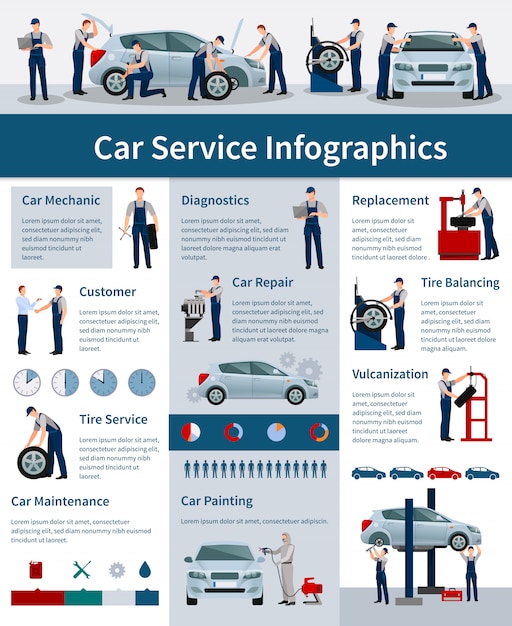Examining Your Auto'S Warning Indicators: What They Truly Communicate
Examining Your Auto'S Warning Indicators: What They Truly Communicate
Blog Article
Composed By-Boye Stark
When you're behind the wheel, those glowing warning lights on your control panel can be a little bit perplexing. Do you understand what they're trying to inform you regarding your cars and truck's wellness? Understanding the value of these lights is important for your safety and security and the long life of your automobile. So, the next time one of those lights pops up, wouldn't you want to decipher its message accurately and take the essential steps to address it?
Common Warning Lighting and Interpretations
Determine usual caution lights in your automobile and recognize their meanings to guarantee safe driving.
The most regular warning lights include the check engine light, which indicates concerns with the engine or discharges system. If this light begins, it's important to have your lorry inspected quickly.
The oil stress cautioning light indicates low oil pressure, needing instant interest to prevent engine damage.
A flashing battery light might recommend a faulty charging system, possibly leaving you stranded otherwise dealt with.
The tire pressure tracking system (TPMS) light informs you to reduced tire pressure, affecting automobile stability and fuel efficiency. Ignoring this might cause unsafe driving problems.
The ABS light shows an issue with the anti-lock braking system, compromising your capability to quit swiftly in emergencies.
Last but not least, the coolant temperature alerting light warns of engine getting too hot, which can lead to serious damages if not resolved swiftly.
Comprehending these common warning lights will help you deal with issues immediately and maintain safe driving conditions.
Value of Prompt Interest
Recognizing the typical caution lights in your car is just the very first step; the value of promptly resolving these warnings can't be emphasized sufficient to guarantee your safety on the road.
When a warning light brightens on your dashboard, it's your car's way of communicating a potential problem that needs interest. Disregarding these warnings can lead to a lot more serious issues in the future, jeopardizing your safety and security and possibly costing you more out of commission.
Prompt attention to alerting lights can prevent malfunctions and mishaps. As an example, a blinking check engine light might show a misfire that, if left ignored, might cause damage to the catalytic converter. Resolving this promptly can save you from an expensive repair.
Similarly, a brake system warning light could signal low brake fluid or used brake pads, essential components for your security when driving.
Do It Yourself Troubleshooting Tips
If you see a caution light on your control panel, there are a couple of DIY repairing ideas you can try prior to seeking professional assistance.
https://www.defenseworld.net/2022/07/25/lkq-co-nasdaqlkq-shares-bought-by-kestra-advisory-services-llc.html is to consult your vehicle's handbook to understand what the specific caution light shows. Occasionally deep car cleaning services can be as simple as a loosened gas cap triggering the check engine light. Tightening the gas cap may deal with the problem.
Another common concern is a low battery, which can set off various warning lights. Examining the battery links for corrosion and ensuring they're safe may take care of the trouble.
If a caution light continues, you can try resetting it by separating the vehicle's battery for a few minutes and after that reconnecting it. Additionally, examining your automobile's liquid levels, such as oil, coolant, and brake fluid, can aid fix alerting lights connected to these systems.
Verdict
To conclude, recognizing your auto's caution lights is necessary for maintaining your vehicle running efficiently and securely. By quickly dealing with these informs and recognizing what they suggest, you can stay clear of costly repairs and prospective breakdowns.
Bear in mind to consult your automobile's handbook for specific information on each warning light and take action appropriately to ensure a trouble-free driving experience.
Stay educated, remain safe on the road!
